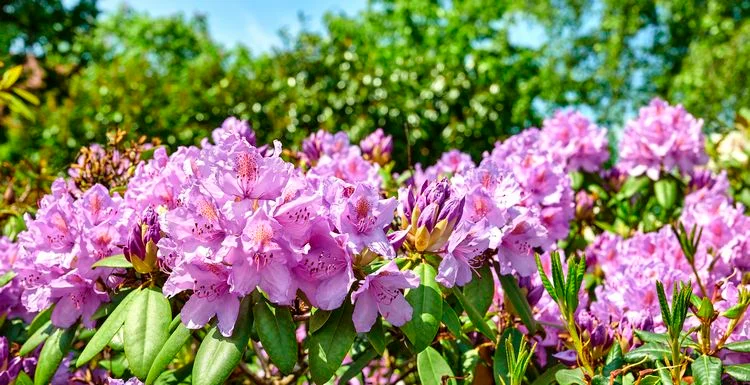In nature, the rhododendron grows mainly on acidic, well-drained soil and the fertilization should be adapted to these special conditions. It needs the right nutrients for its buds to fully develop. We will tell you which home remedies you can use to fertilize your rhododendron.
Fertilize rhododendrons with home remedies
The rhododendrons are among the blooming stars of spring and early summer. They are forest shrubs and should be fertilized regularly to bring out a colorful display of flowers in the garden. With the following simple home remedies, you will satisfy their specific needs and keep your plants in the best shape.
When and how often should you fertilize it?
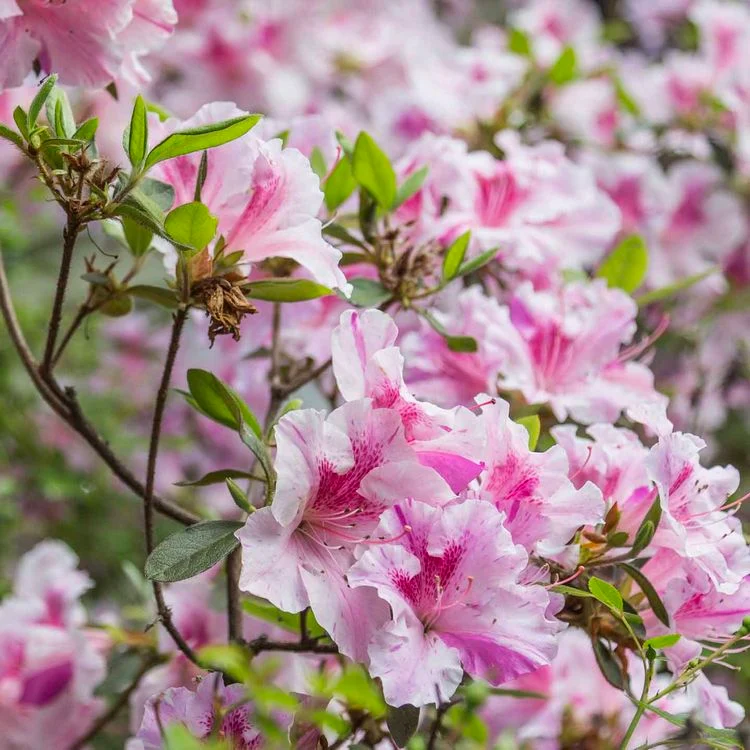
The rhododendrons are best fertilized in late spring between April and May. A single fertilization per year is sufficient for the health of the plant. A second fertilization can be considered after the rainy spring days when nutrients are washed away and the soil is depleted.
Even if you want a particularly lush growth, you can fertilize again at the beginning and end of early summer.
How to fertilize the rhododendrons with coffee grounds
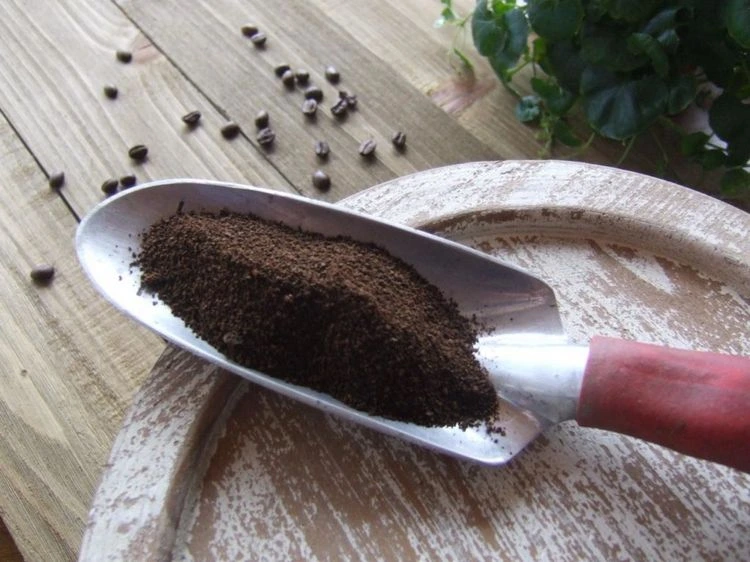
Coffee grounds are a daily occurrence in almost every household. Its slightly acidic properties can be used to increase the pH of the soil, allowing rhododendrons to grow better. And when used in smaller amounts, it provides beneficial nutrients that are released over a longer period of time.
There is no specific amount of coffee grounds required to make the soil more acidic. However, we recommend that you check the soil’s natural pH level and then add an appropriate amount of coffee grounds to raise it further. Use one of the following methods to fertilize your plants with coffee grounds.
- Distribute on the roots: Allow the coffee grounds to dry, spread them around the root zone of the rhododendron and water well.
- Put the coffee grounds in the irrigation water: Put 1 cup of coffee grounds in a bucket with 10L of water and let it soak for about 2 days. Then water your plants, avoiding those that like a normal pH soil.
- Add to the compost: If you choose this option, be sure to add fresh coffee grounds to the compost as it has a higher acidity than used coffee grounds. This method controls the frequency of addition as you only add the coffee grounds at the times you are making the compost.
- Scatter on the floor: Sprinkle the coffee grounds directly onto the garden soil and then water. This is how it mixes with the soil and the nutrients are introduced into the soil. You can also dig holes in the ground and pour the coffee grounds into them. In this case, watering is not necessary.
Fertilize with nettle broth
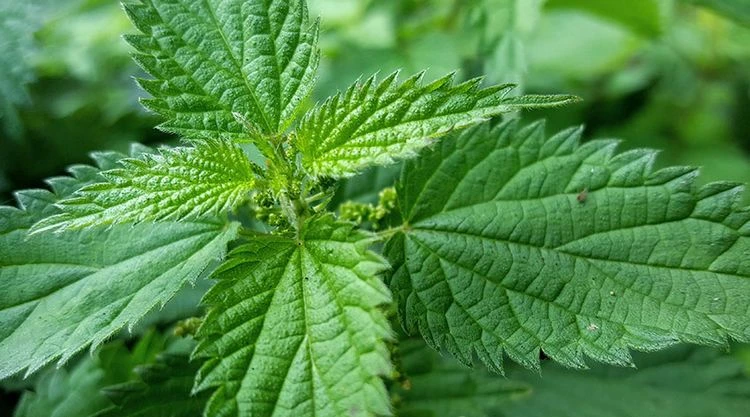
Nettle has many health properties. It is rich in nitrogen and a homemade nettle brew is an excellent fertilizer for the rhododendron to encourage growth.
To make the broth, you should pick nettles. You can find them on roadsides or in the meadows. But don’t forget to use gloves.
Place 200g of nettles in a jar and add 2L of rainwater, not filling the jar to the brim to prevent the liquid from sloshing as it ferments. Leave the mixture for about three weeks.
Always dilute the brew with water before watering the rhododendrons.
Pour with vegetable water
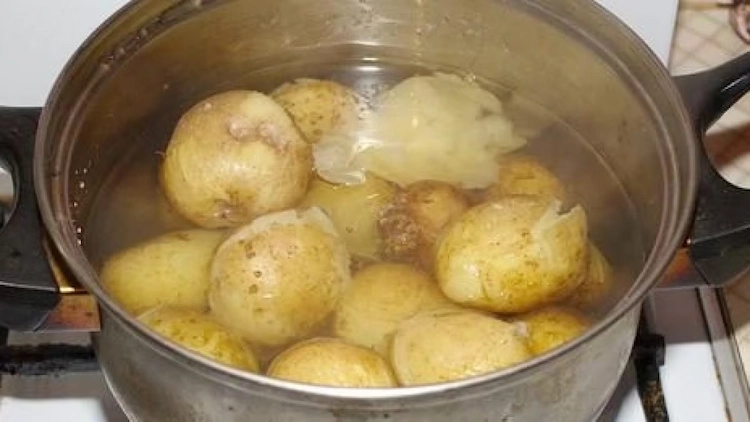
When you drain the vegetables for lunch, never throw the water away. It is ideal for watering rhododendrons in between. Use vegetable water from asparagus, cauliflower, broccoli and other types of cabbage, and especially potato water after cooking, which is rich in minerals and nutrients for plants.
Just make sure you let it cool down well before watering so the heat doesn’t damage the roots of the plant.
Fertilize rhododendrons with home remedies: Epsom salt
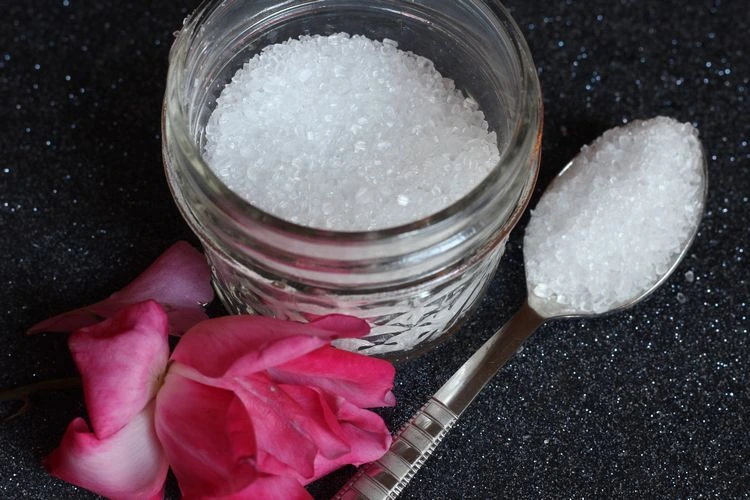
Epsom salt is a home remedy used by many gardeners as a fertilizer to compensate for the lack of magnesium in the soil.
If you notice that your rhododendron’s leaves are beginning to turn yellow between the green leaf veins, your plant is suffering from an iron or magnesium deficiency. If, after yellowing, the older leaves develop reddish-purple spots and brown edges, it means that the plant is suffering from a magnesium deficiency.
Mix one tablespoon of Epsom salt with 4 liters of water and water the plant with this solution.
Use banana peels to fertilize the plant

Banana peels are great fertilizer in the garden.
Let them soak in water and ferment for a month until they turn into vinegar. Dilute it with water and water the rhododendrons with the solution to increase the acidity of the soil.
Or bury the trays in the garden in 7cm deep holes around the base of the plant and relatively close to the roots to allow them to compost naturally and slowly release the nutrients. The rhododendron, which likes acidic soil, will especially love this special treatment.
Just make sure to bury the banana peels relatively deep so they don’t attract unwanted animals or insects in the garden.
